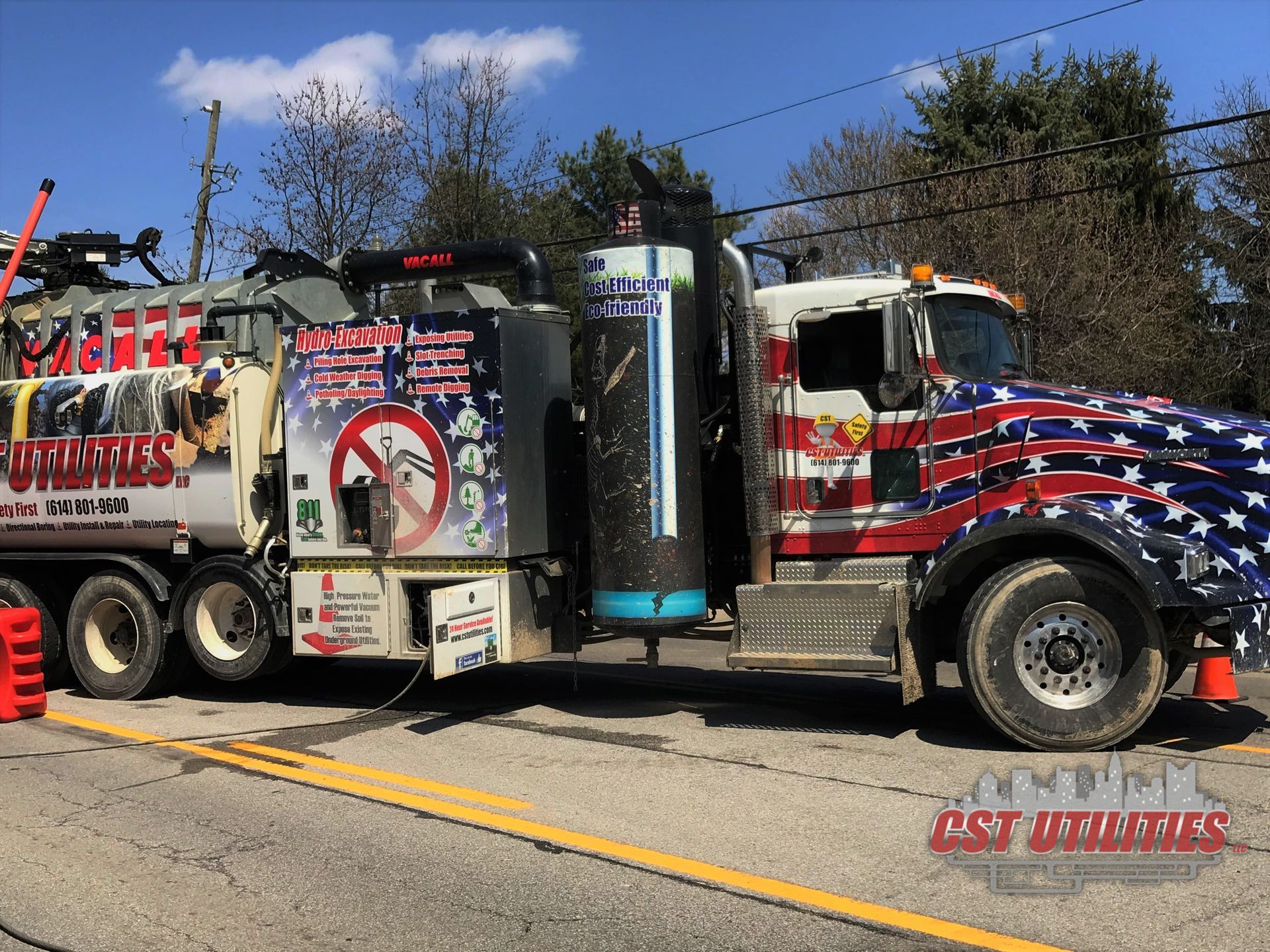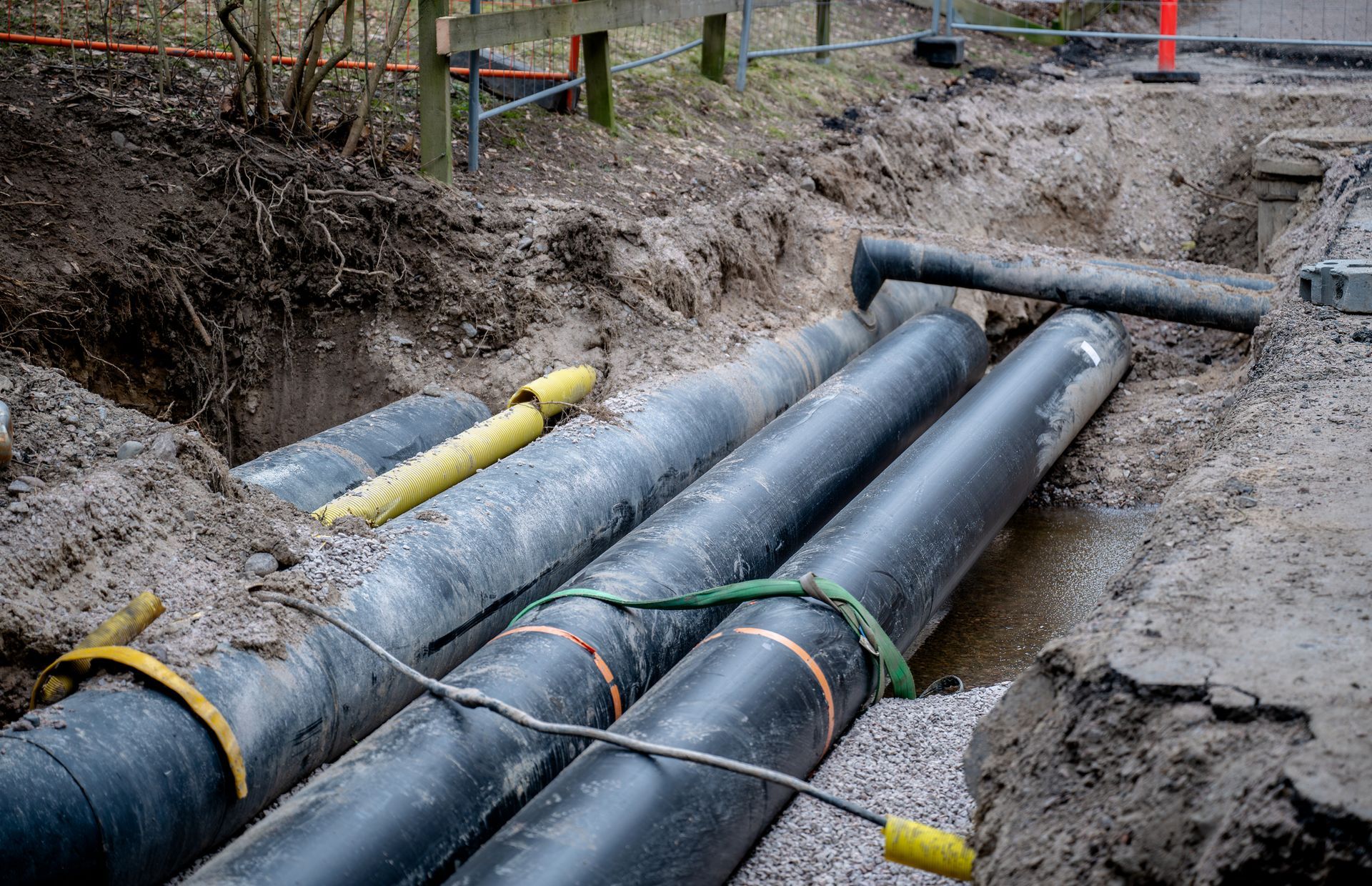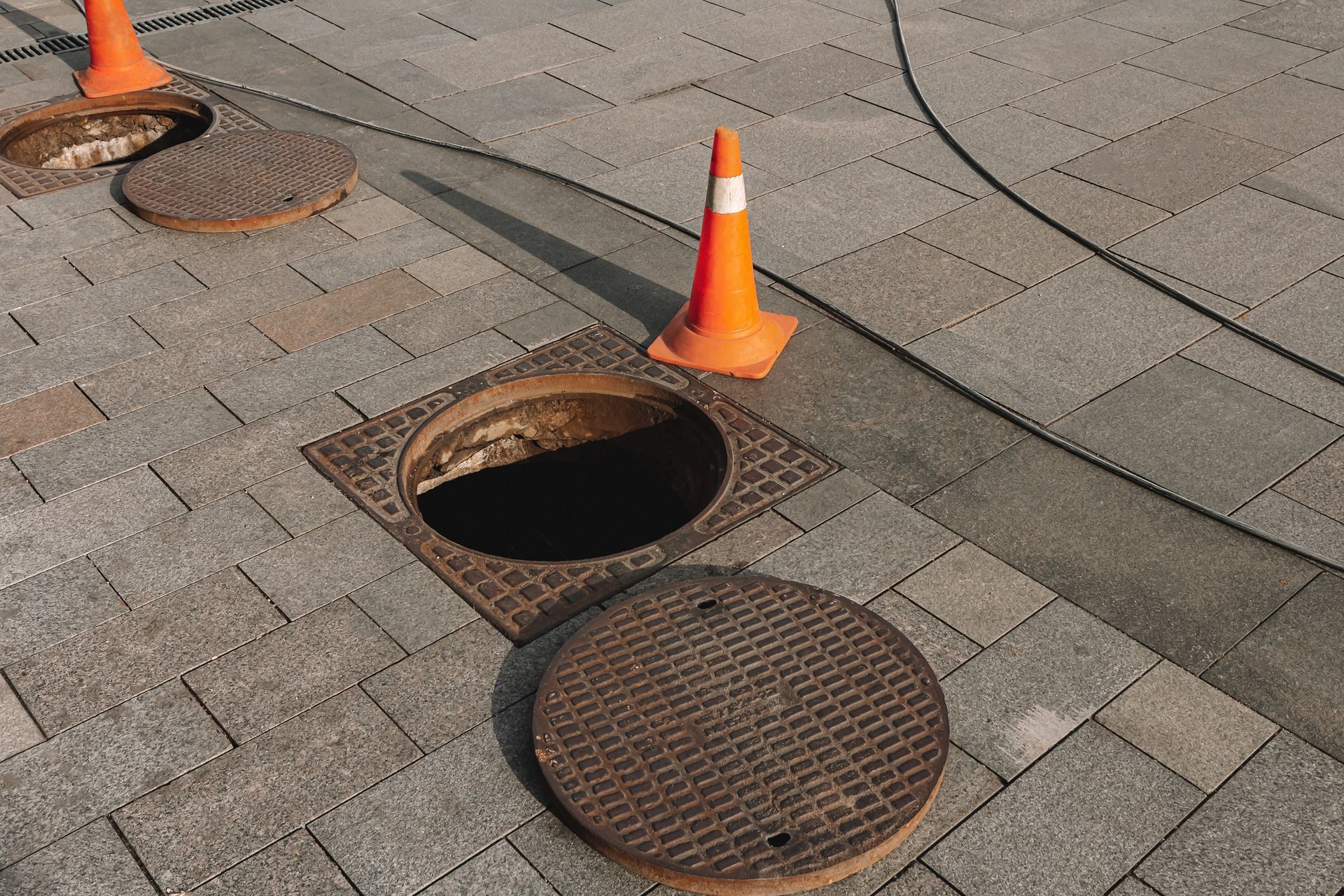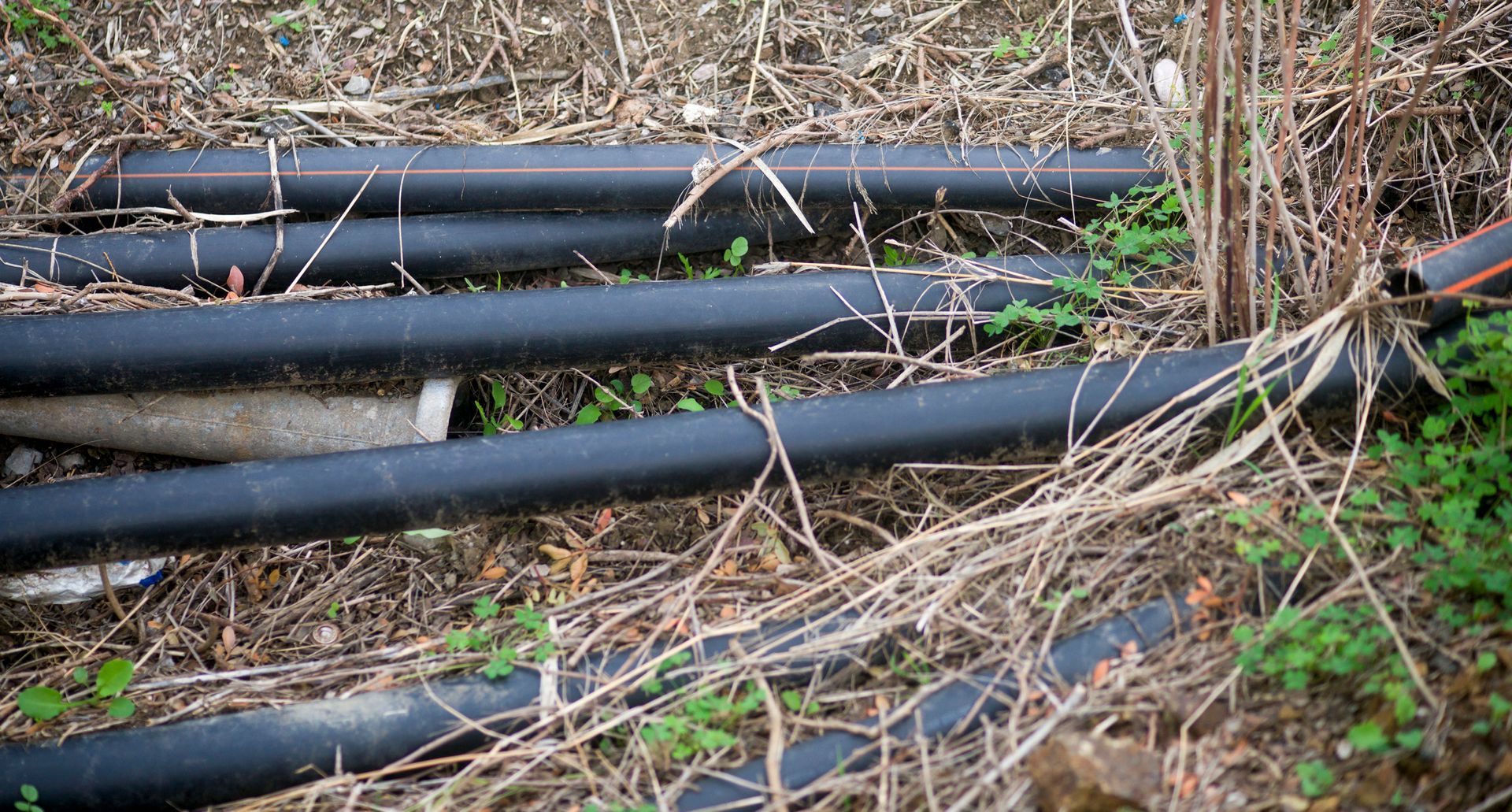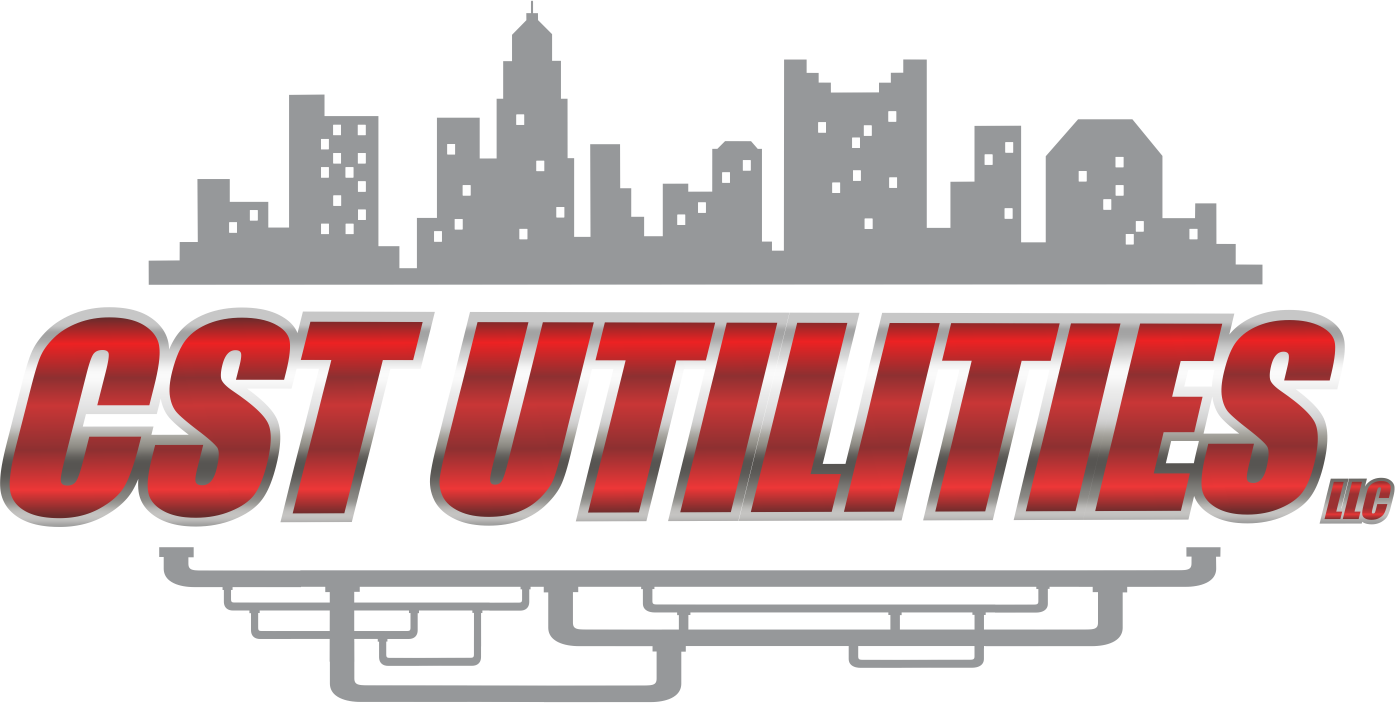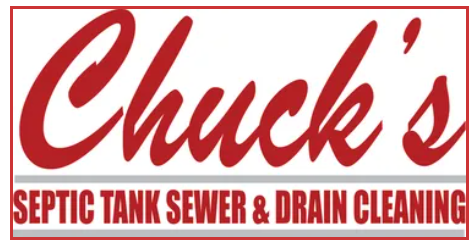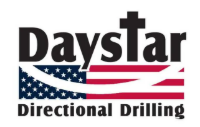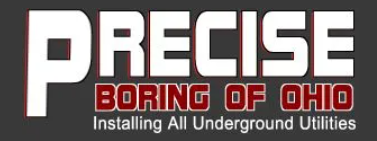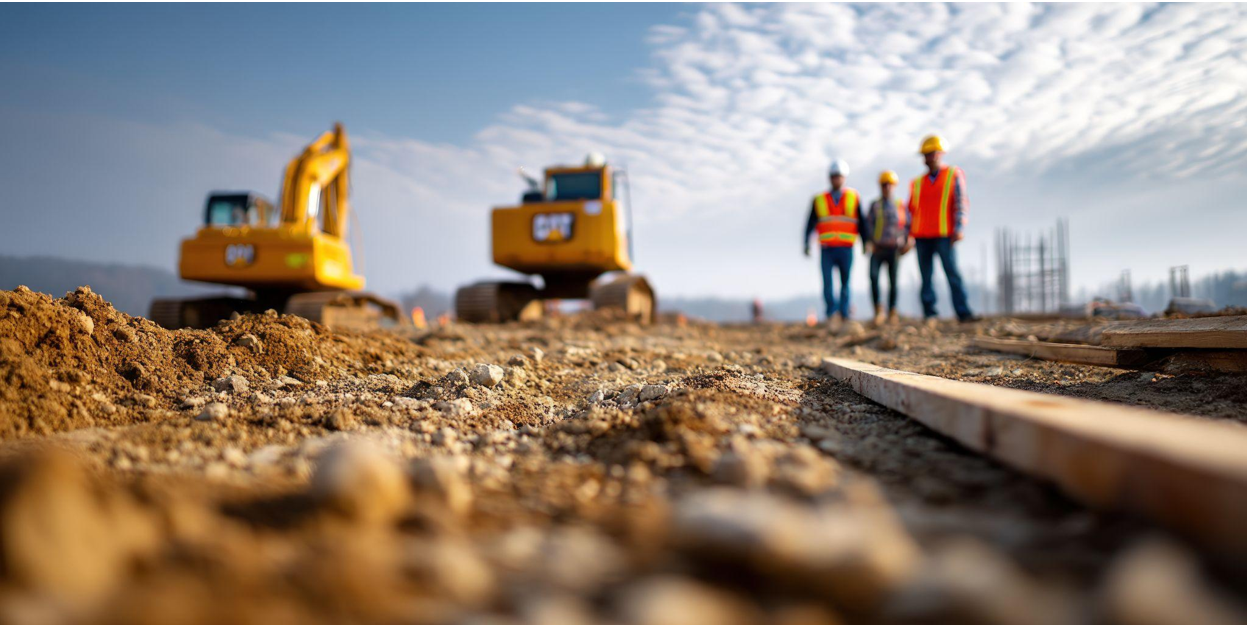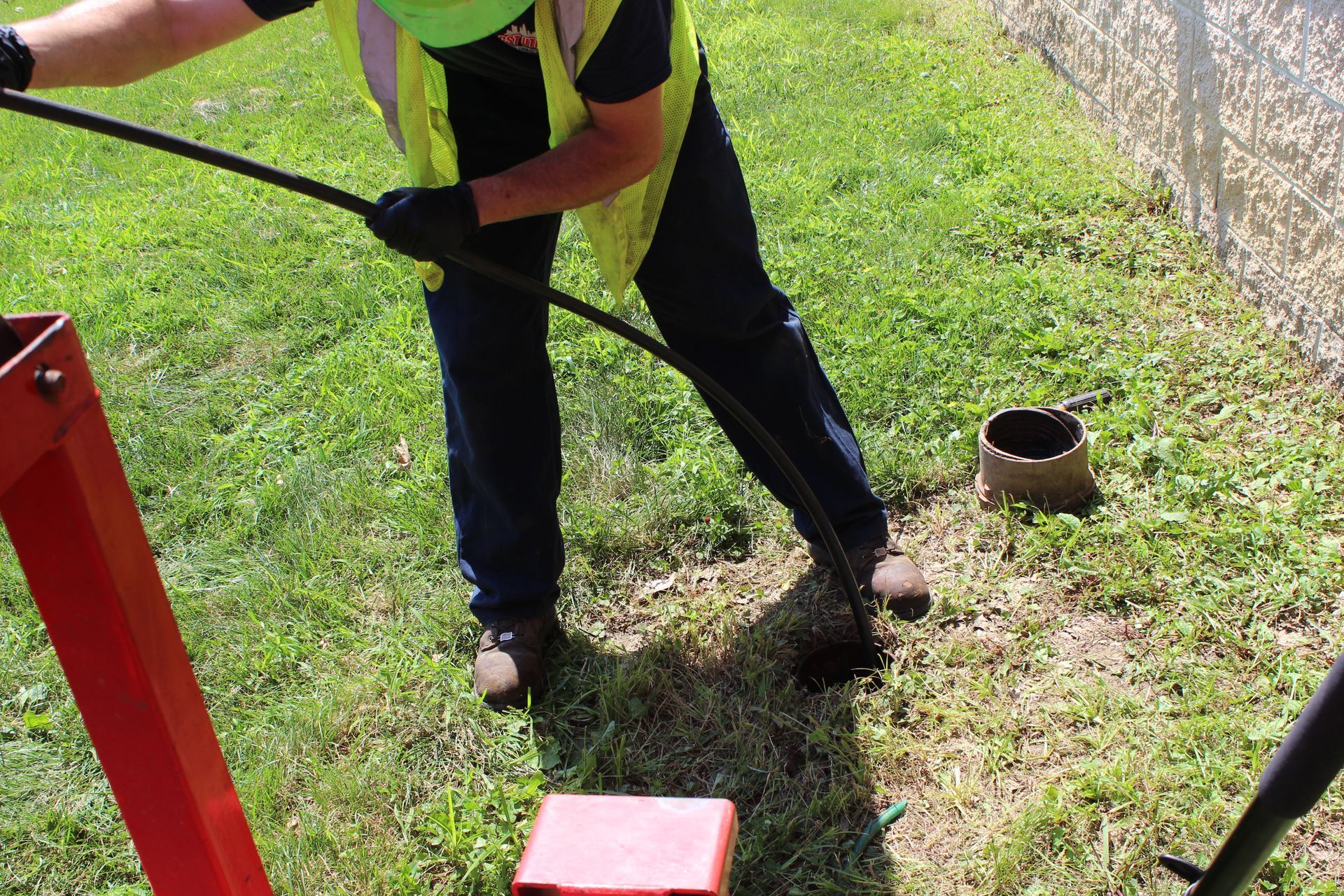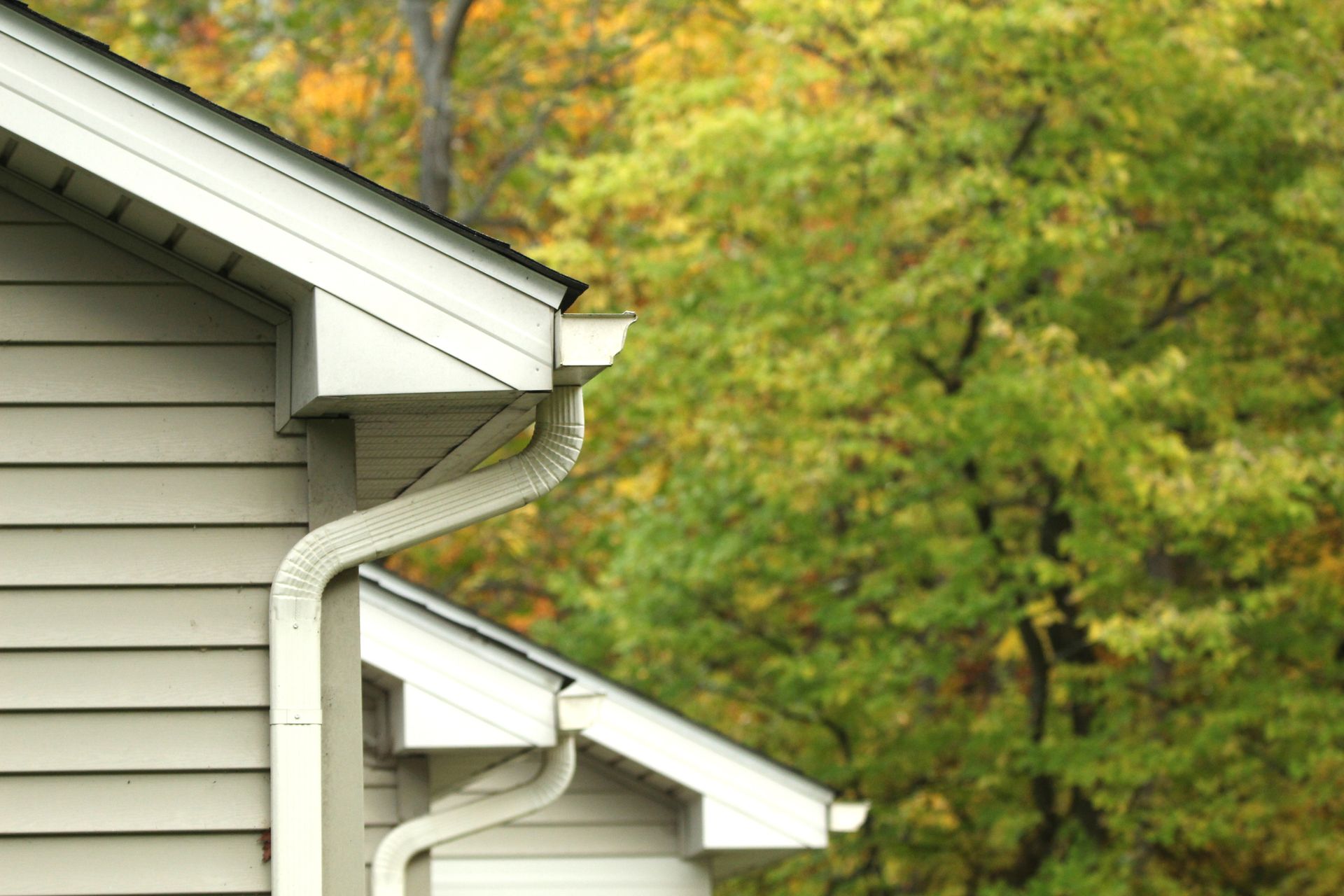10 Tips for a Successful Water Service Line Replacement
Repairing or replacing a water service is a significant project that requires careful planning and coordination to ensure it’s done efficiently and with minimal downtime. Whether you're repairing or replacing a leaking service, upgrading an old service to meet modern codes, or replacing a line to future-proof your water supply, this project can have a big impact on your home’s water supply, property value, and your wallet. Here are ten essential tips for a successful water service repair or replacement to help you make the process as smooth, efficient, and as cost-effective as possible.
1. Understand the Scope of the Project
Before diving in, make sure you have a clear understanding of what a replacement project entails. A water service replacement usually involves installing a new water service from the municipality-owned curb-stop to the meter valve (inside home). An estimator would determine the length of the line, the location of the curb-stop, and any unique obstacles that could affect the scope or method of the installation.
2. Check Local Codes and Regulations
Many municipalities have regulations regarding water service repairs or replacements, including code for materials, design, permits, and inspections. Contact your local utility company or municipal office to understand these regulations and make sure your project will comply. Failing to do so could lead to fines, delays, or even the need to re-perform the work.
3. Hire a Licensed and Experienced Contractor
Water service repairs or replacements are complex jobs, best handled by professionals. Hiring a licensed and experienced contractor ensures that the job will be done safely, correctly, and up to code. The scope can vary depending on the code requirements set forth by a municipality. Ask for recommendations, check online reviews, and request proof of insurance before hiring a “Licensed” contractor to work on your property.
4. Plan for Possible Disruptions
Water service line replacement typically requires turning off the water to your home temporarily. Prepare for this disruption by having an alternate restroom source, or bottled water on hand for drinking, especially if the replacement is expected to take several hours. A contractor will also need access to the interior where the water meter or penetration point is located. Let household members know in advance, and consider coordinating with neighbors if the project might affect nearby properties.
5. Choose the Right Materials
Older water service lines typically consist of materials such as copper, plastic (polybutylene or PVC), or galvanized steel. Today, most municipalities require residential services to be polyethylene (usually blue in color), or copper. The choice of material can affect the longevity, cost, and efficiency of the water service replacement. Copper is durable but more expensive, while polyethylene is generally more affordable and corrosion-resistant. Your contractor can help you choose the best option based on your budget, local code requirements, and the conditions of your soil.
6. Consider Trenchless Technology
Traditional water line replacement often involves extensive digging, which can be costly and disruptive to your landscape. Trenchless technology (boring or pulling) is a minimally invasive alternative that requires only small access points and minimizes damage to your yard, driveway, or sidewalk. This method can also reduce labor costs and speed up the project, making it worth discussing with your contractor
7. Locate and Avoid Other Utility Lines
Before any digging begins, it’s crucial to locate all underground utility lines, such as gas, electricity, and cable, to avoid damaging them during the project. In Ohio, for example, you’re required to call 811 to notify the Ohio Utilities Protection Service at least 48 hours before digging. Marked lines will help your contractor avoid potential hazards and ensure the safety of everyone on site. CST Utilities will coordinate this service before every digging project. CST Utilities can also provide “private utility” locating -- utilities not located by O.U.P.S.
8. Schedule the Replacement During Mild Weather
If possible, plan the water line replacement for a time when weather conditions are favorable. Extreme cold or wet conditions can make digging and pipe installation more difficult and time-consuming. Spring and early fall are often ideal for such projects, as temperatures are mild and the ground is less likely to be frozen or overly saturated.
9. Budget for the Unexpected
Even with careful planning, unexpected issues can arise during a water line repair/replacement. Such issues consist of discovering damage to other lines, needing additional materials, or encountering challenging soil conditions. To avoid stress, budget a bit extra to handle any unforeseen expenses. This flexibility can help keep the project on track without compromising quality.
10. Perform a Thorough Post-Installation Inspection
Once the replacement is complete, inspect the line and surrounding area with your contractor to ensure that everything is in working order and meets code requirements. Test the water pressure, check for any signs of leaks, and ensure the water quality is normal. Confirm that the contractor has properly restored any disrupted areas of your property, including landscaping, sidewalks, or driveways.
Final Thoughts
A water service line repair or replacement can be a major undertaking. With the right preparation and attention to detail, it doesn’t have to be overwhelming. By understanding the process, hiring a qualified contractor like CST Utilities, and following these ten tips, you can help ensure a successful and stress-free repair/replacement. The result will be a dependable water line that improves your home’s water supply and adds long-term value to your property. Call CST Utilities today to get your water line replaced.
